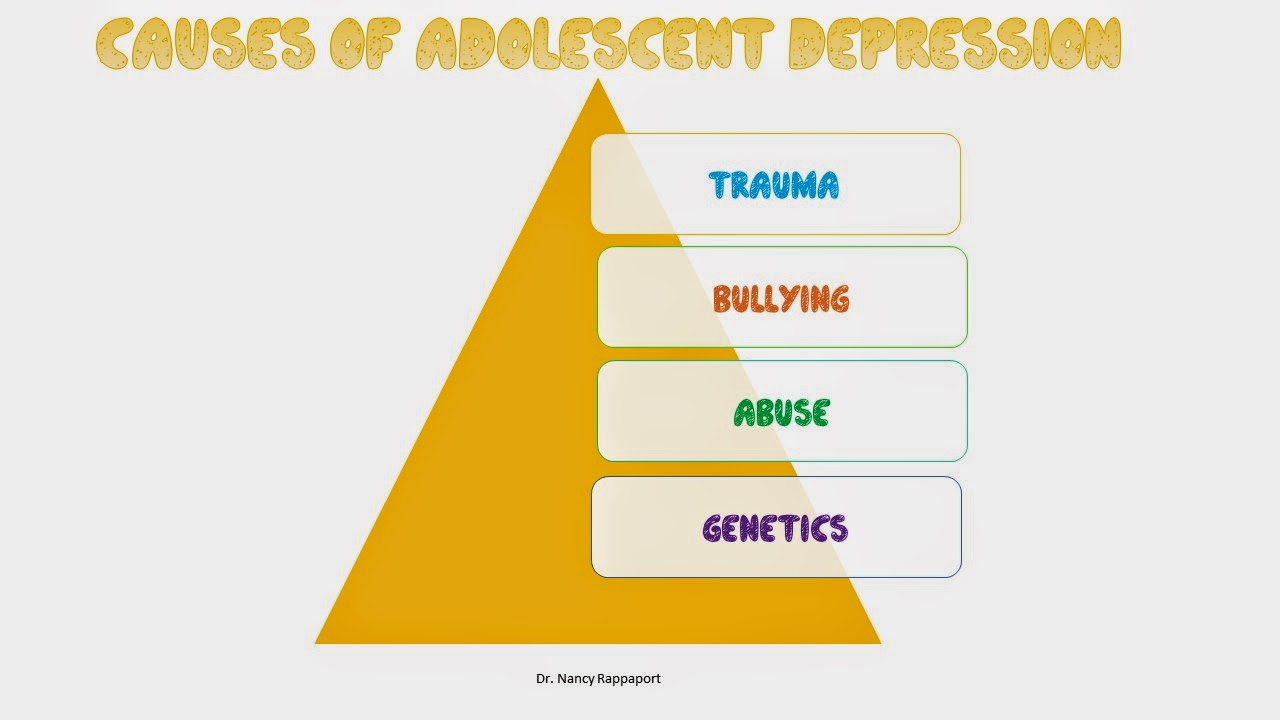

See also: Depression (differential diagnoses) Those with psychotic depression also have higher ventricular-brain ratios than those with non-psychotic depression. The HPA axis appears to be dysregulated in psychotic depression, with dexamethasone suppression tests demonstrating higher levels of cortisol following dexamethasone administration (i.e. The most significant difference may be the presence of an abnormality in the hypothalamic pituitary adrenal axis (HPA). There are a number of biological features that may distinguish psychotic depression from non-psychotic depression. They reported a quality of life similar to that of people without PD. Bingham found that patients receiving appropriate treatment for psychotic depression went into "remission". While psychotic depression can be chronic (lasting more than 2 years), most depressive episodes last less than 24 months. As with other depressive episodes, psychotic depression tends to be episodic, with symptoms lasting for a certain amount of time and then subsiding. Most patients with psychotic depression report having an initial episode between the ages of 20 and 40. įamily members of those who have experienced psychotic depression are at increased risk for both psychotic depression and schizophrenia. Still, those who have experienced a depressive episode with psychotic features have an increased risk of relapse and suicide compared to those without psychotic features, and they tend to have more pronounced sleep abnormalities. The prognosis for psychotic depression is not considered to be as poor as for schizoaffective disorders or primary psychotic disorders. However, once psychotic symptoms have emerged, they tend to reappear with each future depressive episode. Psychotic symptoms tend to develop after an individual has already had several episodes of depression without psychosis. Severe anhedonia, loss of interest, and psychomotor retardation are typically present. Hallucinations can be auditory, visual, olfactory (smell), or tactile (touch), and are congruent with delusional material. Delusions occur without hallucinations in about one-half to two-thirds of patients with psychotic depression. Half of patients experience more than one kind of delusion. Common themes of mood congruent delusions include guilt, persecution, punishment, personal inadequacy, or disease. Delusions can be classified as mood congruent or incongruent, depending on whether or not the nature of the delusions is in keeping with the individual's mood state. Individuals with psychotic depression experience the symptoms of a major depressive episode, along with one or more psychotic symptoms, including delusions and/or hallucinations. Diagnosis using the DSM-5 involves meeting the criteria for a major depressive episode, along with the criteria for " mood-congruent or mood-incongruent psychotic features" specifier.

Unipolar psychotic depression requires that psychotic symptoms occur during severe depressive episodes, although residual psychotic symptoms may also be present in between episodes (eg: during remission, mild depression…). It can be difficult to distinguish from schizoaffective disorder, a diagnosis that requires the presence of psychotic symptoms for at least two weeks without any mood symptoms present. It can occur in the context of bipolar disorder or major depressive disorder. Psychotic depression, also known as depressive psychosis, is a major depressive episode that is accompanied by psychotic symptoms. Schizoaffective disorder, schizophrenia, personality disorders, dissociative disorders Suicide, self-harm, risk of relapse of psychotic depression Hallucinations, delusions, anhedonia, psychomotor retardation, sleep problems, A drawing that attempts to capture the sadness, loneliness, and detachment from reality, as described by patients with psychotic depression


 0 kommentar(er)
0 kommentar(er)
